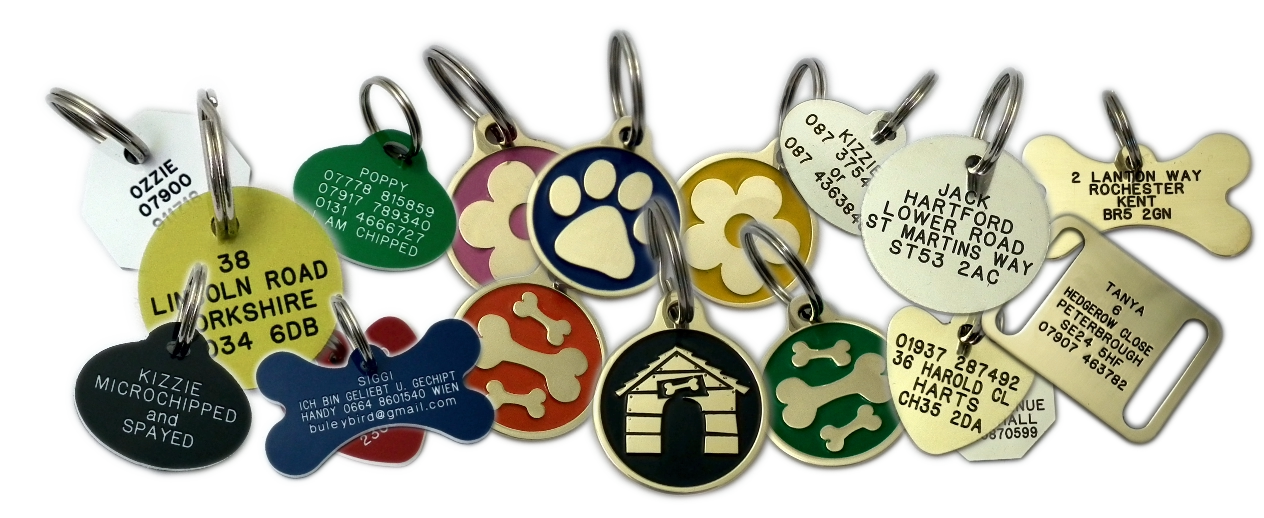The Control of Dogs Order 1992: Why It's Important for Dog Owners and the Public
If you’re a dog owner or even just someone who loves animals, you probably know how important it is for dogs to be well-behaved, especially when out in public. In 1992, the UK government introduced the Control of Dogs Order 1992 as part of a bigger effort to make sure dogs are kept under control, and to keep everyone—people and animals—safe. But what exactly does this order mean, and why is it still relevant today? Let’s break it down in a more friendly and approachable way.
What is the Control of Dogs Order 1992?
The Control of Dogs Order 1992 was introduced to help manage dog behavior in public spaces and ensure that dogs didn’t pose a danger to people or other animals. It was an update to the Dogs Act 1871, but with a focus on controlling dogs that might be a risk in busy or public areas.
The key idea of the order was simple: dog owners should make sure their dogs are under control, especially when out in public. This includes keeping dogs on a lead (leash) in certain places and making sure they don’t cause harm or distress to others.
Main Points of the Control of Dogs Order 1992
Here’s a closer look at what the order actually requires:
-
Keeping Dogs on a Lead in Certain Areas: The order said that in specific public spaces—like roads or busy areas—dog owners need to make sure their dogs are kept on a lead. This helps prevent any accidents or unwanted incidents.
-
Preventing Dogs from Causing Distress: Owners were given the responsibility to ensure their dogs didn't cause harm, scare people, or disturb others. If a dog was out of control, the owner could be held accountable.
-
Local Authorities Could Step In: Local councils were given the power to decide certain areas where dogs had to be on a lead. If an owner didn’t follow these rules, there could be fines or other penalties.
Why Was It So Important?
Before the Control of Dogs Order, dog attacks and incidents were becoming more common, especially in busy cities. The order was introduced to help prevent dangerous situations, like a dog running loose in a crowded park or a dog that might scare children or other pets. Here are a few reasons why the order made a big difference:
-
Reducing Dog Attacks: The order helped make sure dogs that could be dangerous were kept under control, which reduced the number of attacks or scary encounters with dogs in public spaces. While it wasn’t the only solution, it definitely helped raise awareness about responsible dog ownership.
-
Teaching Responsibility: It emphasized the importance of being a responsible dog owner—not just for your dog’s well-being but also for the safety of others. Dog owners were encouraged to keep their pets under control to avoid creating problems or causing harm.
-
Flexibility for Local Areas: Some areas might have more foot traffic or be more crowded (like parks or city streets), so local authorities were able to create rules for those areas. For example, in a busy city park, dogs might be required to stay on a lead to prevent any potential accidents or issues.
Why is It Still Relevant?
While the Control of Dogs Order 1992 may not be in the headlines today, it laid the foundation for a lot of the rules and expectations we have now about dog behavior. It helped start conversations about responsible pet ownership, which is just as important today as it was then.
-
Ongoing Awareness: The order helped make people more aware of the need for dogs to be controlled in public spaces. It continues to remind us that all dogs, regardless of breed, need to be well-trained and monitored when out and about.
-
Helping Prevent Dangerous Situations: It might seem simple, but making sure a dog is on a lead or under control in certain areas can prevent accidents. This is still an important principle in our laws today, and it helps ensure that dogs don’t get into trouble or cause distress to others.
-
Supporting Local Communities: The power given to local authorities means that communities can create their own rules based on what works best for them. It’s still a handy tool for local councils to help keep public spaces safe for everyone.
Conclusion
The Control of Dogs Order 1992 played a key role in making sure that dogs are safely managed when out in public. While dog ownership laws have evolved since then, this order helped set the stage for many of the rules we follow today. It reminds dog owners of their responsibility to ensure their pets are well-behaved, and that everyone—including their dogs—can enjoy public spaces safely.
So, whether you’re walking your dog in the park or simply enjoying a day out, the Control of Dogs Order serves as a helpful reminder to keep dogs under control for the safety of all. It’s one of those laws that, even if you don’t see it in action every day, helps keep things running smoothly in the background.











